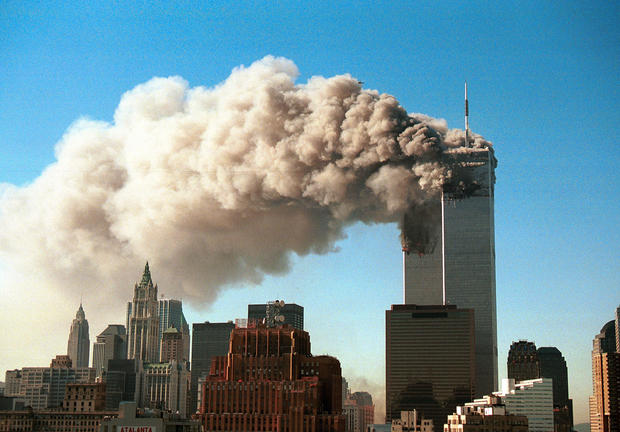As I dive into the history of photojournalism the pictures often what we are analyzing and talking about but we should not forget about the technology that has enable us to take this photos in the first place. Without photograph technology such as cameras we would not have photojournalism in the first place or photos at all. I have decided to take a deeper look at the Leica 35 mm camera.
The Leica 35 mm was designed in 1839 by Oscar Barnack and eventually a commercial version called the Leica 1(A) was later released to the public in 1924, and was an immediate success. The camera evolved overtime to fit the needs of photographers as there ideas expanded from aerial photographs to underwater. The Leica 35 mm "allowed both amateur and professional photographers to capture the world around us". The 35 mm film provide it to be compact making taking photos extremely easy.
Without the design and continued evolution of the Leica and other beginning cameras we would not have the quality of cameras we have today. Many of the same processes and components of these early cameras are just made more fancy and with many more bells in whistles in our modern day cameras. Without the evolution of the Leica even for its time photojournalist wouldn't have had the same opportunities to capture images that are essential to understand the people and events that happened before us. As discussed in the CBS news article titled Photography that changed the way we view war we get a first glance at the photos taking during this time. They describe how photos were available for soldiers to take with them "often kept them in little pocket albums, by both regular soldiers and officers and were kept next to their heart". This idea of carrying photos with us to see our family, friends, or even ourselves at times is still alive. We just now carry hundreds if not thousands stored on a convenient device in our pocket.
Throughout my research in the pre-digital photographic technology I have gained much more respect for the early photojournalist and camera designers. Without their drive and passion for photos I would probably not have the beginner level Canon T6 Rebel I have today. Today I also have the luxury of being able to pull out my Samsung Galaxy phone and taking as many photos as my heart desires while back then you could only take as many photos as film you had. We also I think forget how much more precision and eye for detail was used in the beginning of photography. With our digital cameras and phones we are able to take a shot over and over and over until we get what we like and we have filters, more lenses and editing software to help us get the photo we desire. Back in the beginning this was not the case they took a photo and have no idea what it was going to look like exactly until they developed the film.
This can be justified by the statement found under Roger Fenton's photo on blackboard of his assistant by Professor Nordell, the photo shows a wagon that is filled with photography equipment showing just how many objects were needed as well as it goes to say "He could only photograph subjects that did not move".We have the ability to check as soon as the camera takes it to see if it was blurry or crooked or not what we wanted. We also have the ability now to photo graph moving objects as we have cameras that can take photos faster. Although the technology has changed over time and photojournalist still have one main common goal to take photos that are meaning for to them. This as basic and simple as it is, but also super powerful I really enjoyed the self portrait by Weegee and is kind of wild to think that younger generations think we invented the "selfie". Maybe they invented and branded the slang term for a self portrait but there were many important people such as Weegee that came before us that truly started this trend. He concepts about photography resonate within as well in the Weegee Tells How video he makes his opening statements to let it be known "photography teaches you to think fast to be sure of yourself, self confidence, because when you go out on a story you don't go back for another". Today we don't have the ability to always go back when photographing live events or news but we do have the ability in other forms of photography and to look back immediately on our photos we take because of technology. Another photojournalist from this section that really stood out to me was Gordon Parks. When reading about Parks in the article The Gordon Parks Foundation the quote from his that states he "saw that the camera could be a weapon against poverty, racism, against all sorts of social wrongs". This to me is what I also believe can be the power of photos, that even back then when cameras were basic and still took film and time to develop the photos could be used to change the world. Our photos today are no different besides the devices we take them on.
Photo by Ant Smith
Below is a photo I took at one of my favorite water fall spots in CT. I often go here to clear my mind, to take a swim, and just be in touch with nature. I really enjoyed this photo as when I hiked down to the pool I noticed this neat constructed cairn. I added a few rocks to their's as it symbolized to me I made the same journey down and hoped the next would add to it and so on and so forth. I snapped this photo shortly after.
Photo by Shannon Hastings



